Sports field lighting fundamentals
Sports field lights are designed to project controlled beams of light onto the playing area of an aerial sports ground such as a baseball, soccer, football, cricket, or hockey field. Sports field lighting is served by direct distribution floodlights which can be aimed with a substantial degree of accuracy to provide optimum lighting over a large area. Lighting design for ball fields is extremely challenging since the multi-directional aerial sports are played over an expansive area and involve the critical viewing of a fast moving target (football, baseball, or a puck). A baseball field, which consists of an infield and outfield, covers an area of approximately three acres. An American football playing field is 91.80 meters long and 48.75 meters wide. A soccer field has a width of 59 to 69 meters and a length of 100 to 110 meters. Cricket is played on an oval or circular shaped field in size from about 80 to 150 meters across. The ball may travel at speeds over 219 km/hr (baseball) and is in the air at least part of the time. An appropriate luminous environment is critical to the visibility of the playing target for players, spectators, referees, and in some occasions broadcast cameras.
Design considerations
Sports field or ball field lighting in general refers to IES Class II, III or IV lighting that is provided for facilities with a maximum spectator capacity of 5,000. Class I plays are held in stadiums or ballparks that accommodate 5,000 or more spectators. While a correlation exists between the class of play and illumination criteria, adequate lighting for safe and effective participation in outdoor field sports is universally essential. To ensure good visual performance for all participants, both quantitative and qualitative factors of illumination should be addressed.
Sports lighting design is more than the planning of stipulated illuminance levels given by normative guidelines. The quality of lighting plays a decisive role in this process. Many qualitative factors of illumination come into play. Control of obtrusive light (light trespass, sky glow, and high angle brightness), flicker-free lighting, adequate color rendering, proper color contrast and modelling are only minimal conditions for good sports field lighting.
The most challenging part of sports field lighting design is to meet the stringent requirement on uniformity of lighting, which is defined by factors such as uniformity ratio (UR, maximum to minimum illuminance ratio), coefficient of variation (CV), and uniformity gradient (UG). In high-speed ports, poor uniformity of lighting can affect visual perception of the playing target both in position and speed. In addition to uniform horizontal illumination at ground level, multi-directional aerial sports demand critical vertical illuminance over the height of the entire playing area.
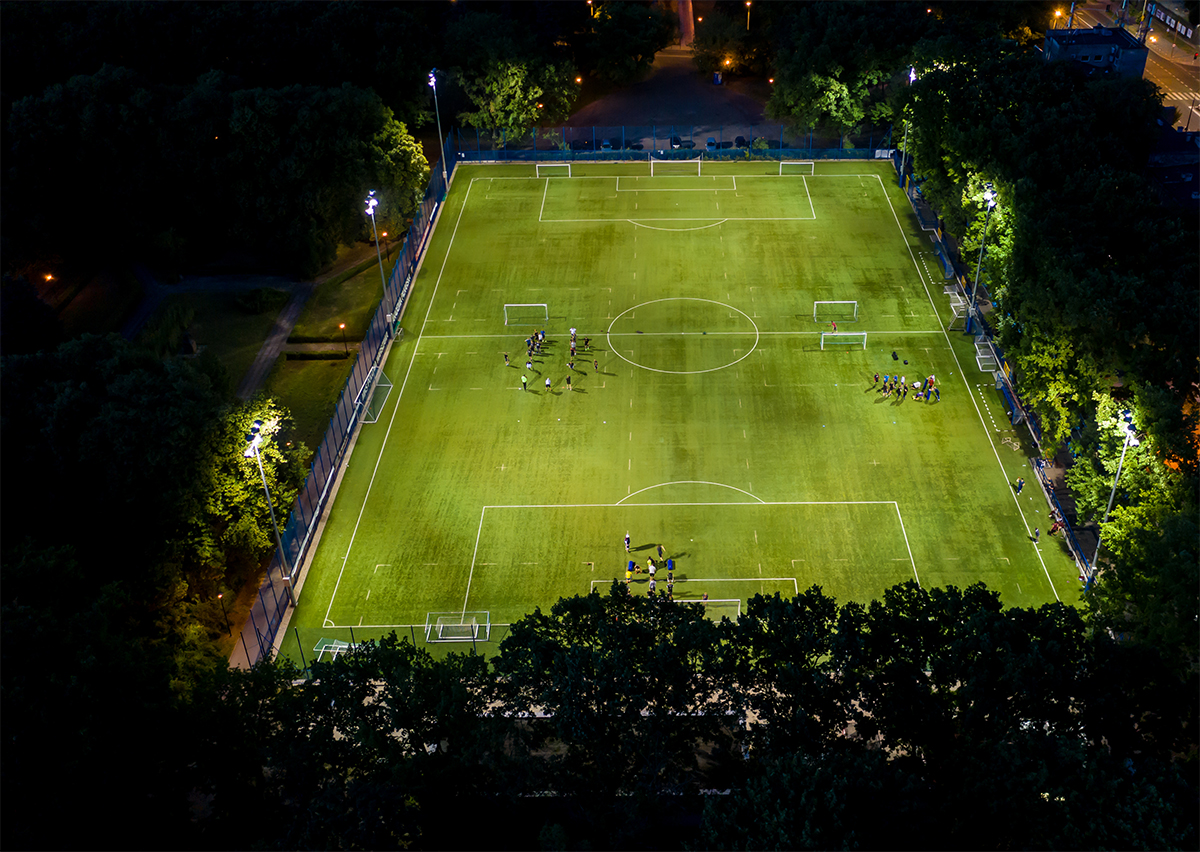
Illuminance requirements
The required quantity and quality of illuminance vary depend on the type of aerial sports and the class of play. Class II, III and IV baseball plays require infield and outfield horizontal illuminances of 1000 lux (100 fc) and 700 lux (700 fc), 500 lux (50 fc) and 300 lux (30 fc), 300 lux (30 fc) and 200 lux (20 fc), respectively; maximum infield and outfield CVs of 0.10 and 0.17, 0.17 and 0.20, 0.21 and 0.24, respectively, and maximum infield and outfield URs of 1.5:1 and 2:1, 2:1 and 2.5:1, 2.5:1 and 3:1, respectively. Class II, III and IV soccer games require a horizontal illuminance of 500 lux (50 fc), 300 lux (30 fc), and 200 lux (20 fc), respectively; a maximum CV of 0.21, 0.25, and 0.30, respectively; and a maximum UR of 2:1, 2.5:1, and 3:1, respectively. Class II, III and IV American football competitions require a horizontal illuminance of 500 lux (50 fc), 300 lux (30 fc), and 200 lux (20 fc), respectively; a maximum CV of 0.17, 0.21, and 0.25, respectively; and a maximum UR of 2:1, 2.5:1, and 3:1, respectively.
As the world grapples with the aggressive energy code enforcement these lighting requirements become increasingly overwhelming to traditional sports lighting systems which commonly use 1000W or 1500W metal halide lamps to deliver large field illumination. While these high intensity discharge (HID) lamps have a light source efficacy of approximately 100 lumens per watt, their omni-directional emission and bulky form factors impedes efficient light extraction and uniform light distribution. The low lighting application efficiency (LAE) translates to a significant energy waste. The poor uniformity of illumination has to be compensated by installing more luminaires, which in turn increases equipment and operating costs.
Embrace the technology revolution
The sports lighting industry has been undergoing a seismic transformation fueled by the breathtaking progress in LED lighting. The advent of semiconductor light sources has a profound effect on driving down energy usage and pushes the boundaries of lighting performance, which is of critical significance for sports field lighting. The luminous efficacy of phosphor-converted LEDs has surpassed that of conventional light sources and continues to advance toward the practical limit of 255 lm/W. Efficiency improvements of LED lighting do not stay only at the source level.
The LED technology platform provides the headroom additional energy savings through optimization of other LAE factors such as optical delivery efficiency, spectral efficiency, and intensity effectiveness. The small size, optical directionality and high flux density of LEDs enable much improved optical control, allowing more efficient delivery of light. As opposed to metal halide lamps which require long start-up and hot restrike times and have restrictive dimming ability, LEDs are semiconductor devices that are inherently dimmable and instantaneously controllable. They can be readily integrated with sensor and control systems to deliver the right amount of light on demand for maximized energy efficiency. With solid state lighting technology there is also the opportunity to improve the quality of sports lighting. Effective optical design exploiting the discrete nature of LEDs can achieve highly uniform distribution of light across the playing area.
The use of LEDs allows sports lighting to deliver improved color rendering performance and to optimize the spectral power distribution (SPD) for the desired color appearance of white light. The semiconductor reliability and solid state durability of LEDs provide the chance to create dependable lighting systems that deliver tremendous maintenance savings. LED lighting also offers the opportunity to advance beyond legacy form factors and create powerful luminaires with reduced size and weight, which reduces wind resistance as well as the cost of the elevating structure.
Light source
An LED sports field light is a high power system that pulls electrical power in hundreds of watts and churns out tens of thousands of lumens. The efficiency and lifespan depend on how the LED packages are fabricated and how they are integrated into the lighting system. High power packages are by far the dominant choice of LED package platform for high power sports lighting systems. By attaching the LED chip to a metallized ceramic substrate which enables high efficiency extraction of waste from the active region of the LED, these semiconductor packages deliver high flux density as well as reliability even at high operating temperatures and drive currents. Chip-scale package (CSP) LEDs, which are designed to remove as many of the packaging elements found in mid-power and high-power LEDs as possible, hold promise for high power applications. Low thermal resistance allows the LEDs to operate at a higher power density than conventional packages.
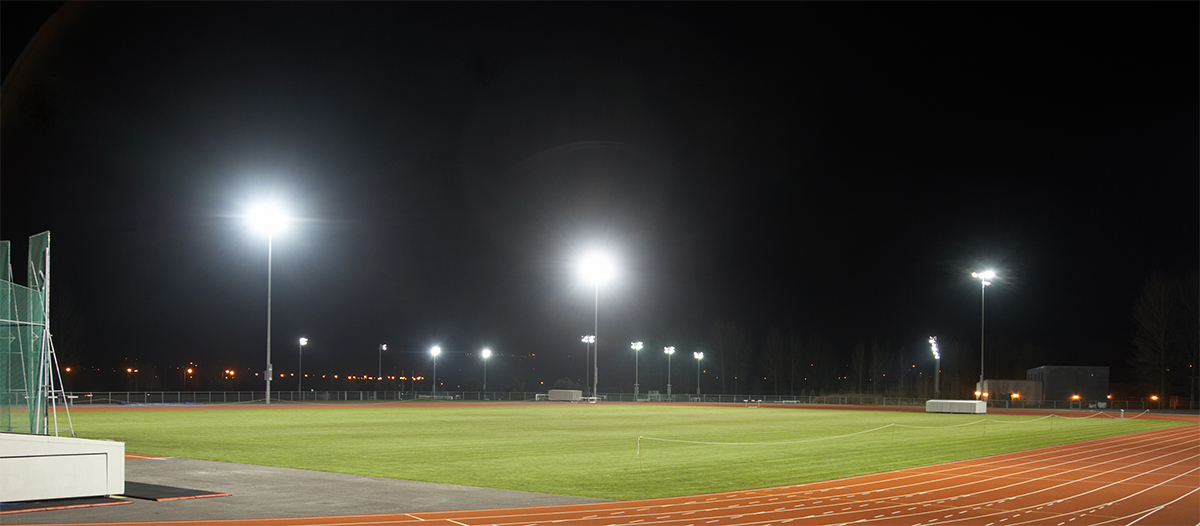
Color quality
The luminous efficacy of LEDs is influenced by the package platform and has an interdependent relation with the color appearance and color render ability of the LEDs. The correlated color temperature (CCT) of sports lighting systems is most often in the range of 4000K to 5800K. Cooler white light (e.g., with a CCT of 5600K) is commonly used in outdoor sports lighting applications because its spectrum enhances blue simulate a daytime physiological response, and improves alertness and activity. The CCT of 5600K is considered the standard color of artificial lighting in photographic industry. However, perhaps the most important factors in using higher-CCT LEDs are that they have higher luminous efficacies than lower-CCT sources. The difference in luminous efficacy is a consequence of the down conversion of the blue light (Stokes losses) and the eye sensitivity over the spectral distribution of light. These consequences also create the trade-off between luminous efficacy and color rendering. Higher color rendering LEDs are less efficacious due Stokes losses and low eye sensitivity over their SPD. Most recreational applications use LEDs having a color rendering index (CRI) of around 75 (which is still better than the typical 65 CRI of metal halide lamps). Higher classes of play may choose to use light sources with a higher CRI.
System integration
While the efficacy, reliability and color metrics of the LEDs are important indicators of luminaire performance, the entire LED luminaire should not be rated based solely on the performance metrics of the LED source. LEDs are designed to operate under controlled environments which must specify operating ranges for temperature, humidity, electrical power, and other parameters. The LEDs perform to their full capacity in a luminaire only when the thermal, electrical, optical, and mechanical systems of the luminaire work in unison to create an optimum LED operating environment that can remain stable over the long term.
A high power LED flood light designed for outdoor applications must be constructed with ruggedness for durability while delivering robustness operational stresses. The light engine is housed in an impact and corrosion resistant enclosure with an ingress protection rating of IP65, IP66, IP67, or IP68. The watertight enclosure is typically atmospherically equalized to allow itself to breathe, preventing the vacuum from placing continual stress on the housing seals and reducing condensation.
The luminaire housing also acts a heat sink which conducts heat away from the LEDs and then dissipates the heat to the ambient atmosphere through thermal convection and radiation. The heat sink is usually constructed from die cast aluminum and may comprise other heat dissipation features such as fins to maximize the surface area for more efficient heat dissipation. The heat sink design also capitalizes on the properties of thermodynamics to ensure effective air circulation for high efficiency convective heat transfer.
Configuration and construction
High power LED flood lights are either fully integrated or modular in design. A fully integrated LED luminaire is a completely self-contained system that accommodates a single light engine. A modular system consists of a calculated number of modular light engines. These LED light engines at least come complete with thermal management, optical control, and ingress protection. They are framed up to make a complete floodlight. Integrated LED luminaires are typically arranged in a large bank on a high mast system to provide large field illumination. Modular systems can be scaled up to create ultra-high wattage systems on their own, which simplifies lighting installations for Class IV facilities.
Regardless of the system configuration, the internal architecture of all LED luminaires must be designed in a way that minimizes the length of the thermal path and ensures the integrity of the system when subject to repeated vibration, thermal shocking and temperature cycling. High power LEDs are mounted on a metal printed circuit board (MCPCB) which interfaces the LEDs with the system thermal path and power supply. The printed circuit board allows the LEDs to be populated in a mix of parallel and series for constant current designs while passing the thermal load of an LED system to the attached heat sink. The reliability of the solder joint between the LED packages and MCPCB therefore plays a very critical role in ensuring the overall reliability of an LED flood light.
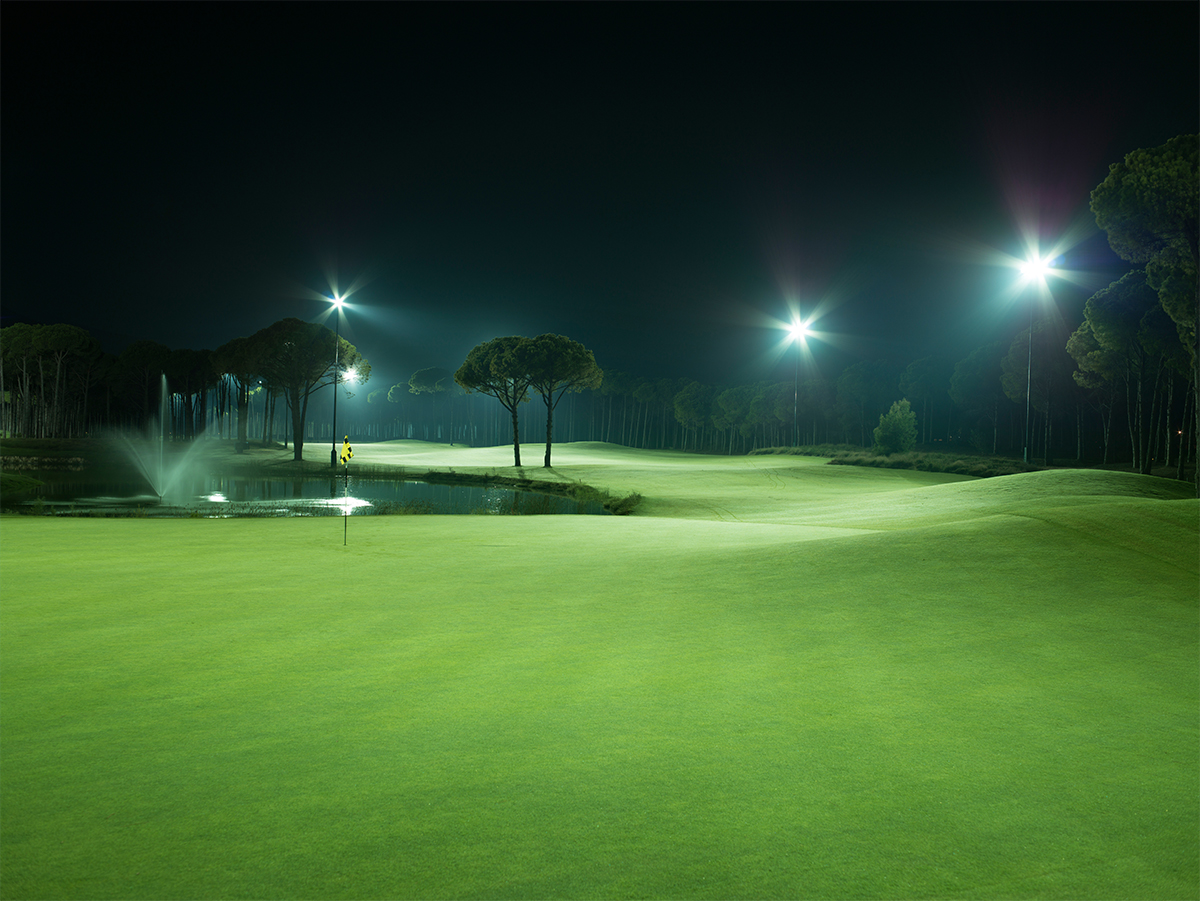
Light distribution
Sports field lighting systems incorporating LEDs can be designed to provide precise direction of the light to intended location while minimizing spill light or light trespass when aimed correctly. These luminaires are available in a wide array of beam types from the narrowest NEMA Type 1 to the widest NEMA Type 7. Narrow beams are typically used to project light to a tight area to obtain modelling or to deliver light over long distances. Wider beams are typically used to illuminate over wider areas over shorter distances. The beam pattern of a flood light can be designed to be axially symmetrical or asymmetrical.
The design of the secondary optics is just as important as other components of a good product design as it serves to enable precise, uniform light distribution as well as efficient extraction of light. Well-designed LED floodlights in can experience less than 10% optical losses, which is very meaningful for high output LED systems. Luminous flux from the LEDs is regulated by lenses, reflectors, combinations of them. To produce smooth circular beams with narrow FWHM angular widths and high optical efficiency, the total internal reflection (TIR) optic is the optimum solution. This compound lens can be designed in arrays to provide individual optical control for multiple LEDs.
Lens applications require close contact to the self-heating LEDs, which necessitates the use of materials with excellent thermal stability. While polycarbonate is more thermally stable than PMMA, in some applications optical lenses made from this material may not be suitable for continuous exposure to LEDs with phosphor temperatures running up to above 120°C. When thermal stresses to secondary optics are high, an optical system consisting of aluminum reflectors molded to control light distributions for each individual LEDs is a more feasible choice.
LED driving and dimming
A significant challenge lies ahead to pair the LEDs with a high efficiency, high reliability driver. An LED driver converts alternating current (AC) line power to a direct current (DC) voltage and current compatible with the LED array. In the course of regulating power to the LEDs, the LED driver must execute many tasks sequentially or in parallel. These tasks include power factor correction (PFC) to improve an uncorrected power factor and control total harmonic distortion (THD) of the voltage and current signals under certain limits; zero-current, peak-current, input/output voltage detection and handling; protection of the LEDs and other downstream components against line voltage fluctuations, short circuit, overload, and other abnormal operating conditions; dimming control of the LEDs using pulse-width modulation (PWM) or constant current reduction (CCR).
High power LED flood lights typically use two-stage drivers which provide high efficiency power conversion, allow the luminaire to operate in a wide input voltage range, help reduce overvoltage to the switching power semiconductor during surge events, and enable minimization of output current ripple. Minimizing output ripple to reduce flicker is important for sports lighting applications. The presence of flicker can cause a strobing effect in the ball’s movement and restrict the range of slow motion in TV broadcasting. Outdoor installations leave LED drivers susceptible to lightning strikes, which requires that the drivers have elevated differential-mode and common-mode surge protection. An LED driver includes a control interface via which a light controller can operate the driver using 0-10VDC, DALI, DMX512, or a wireless control protocol.

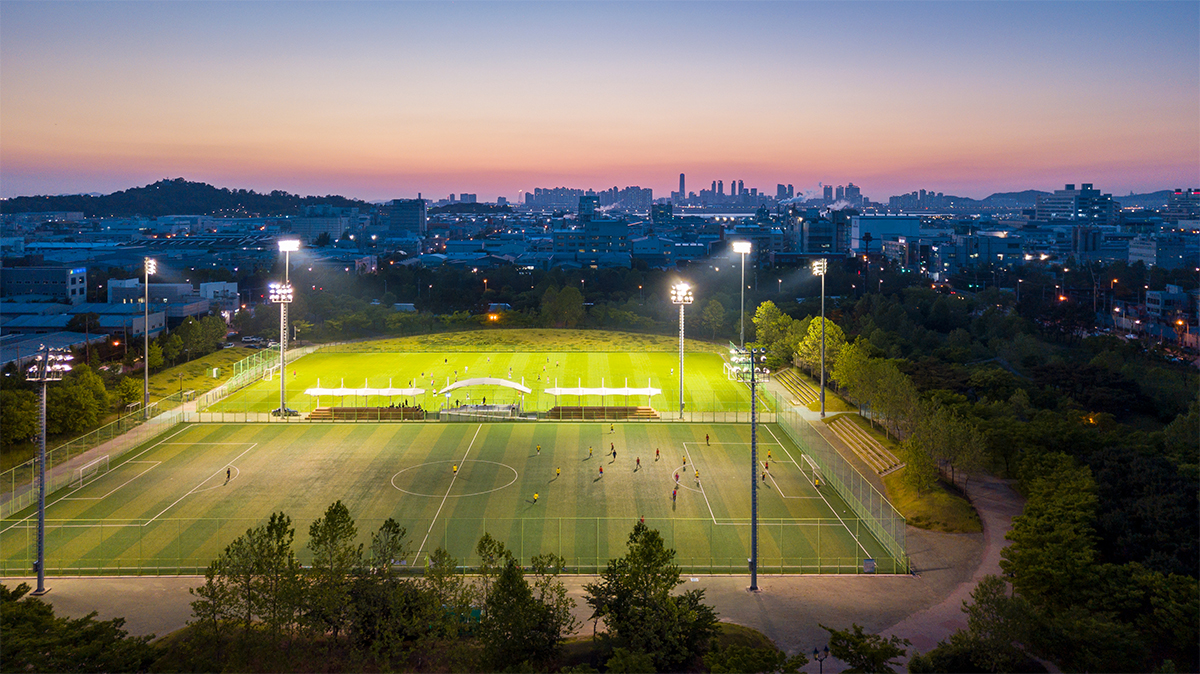
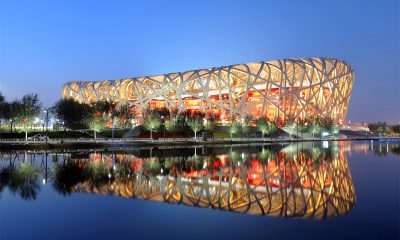
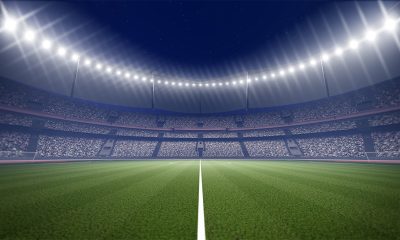
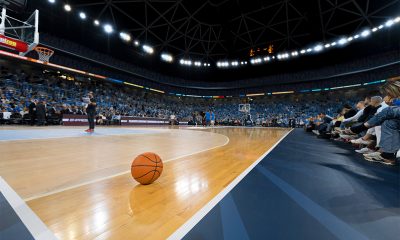
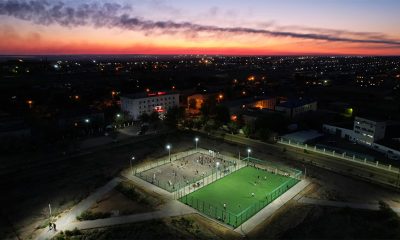
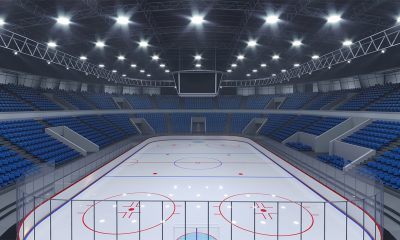
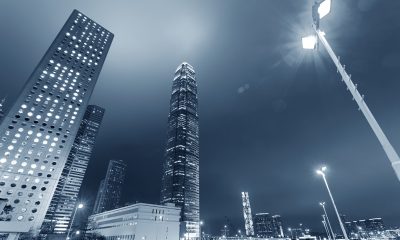
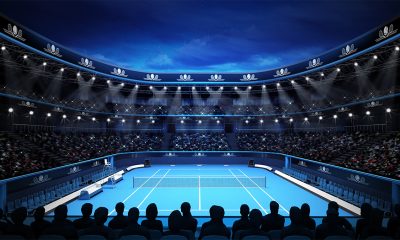
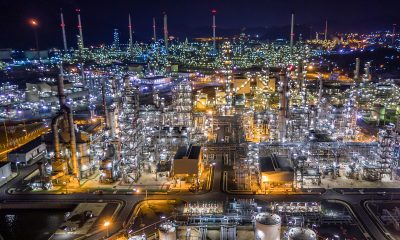
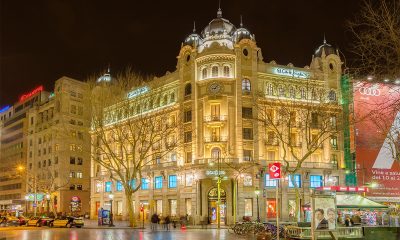
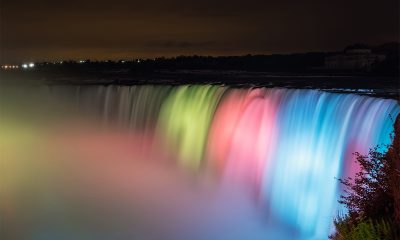
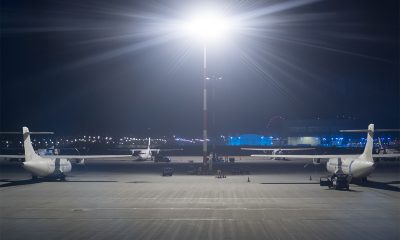
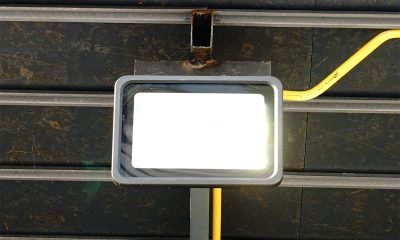





Loading...
New member